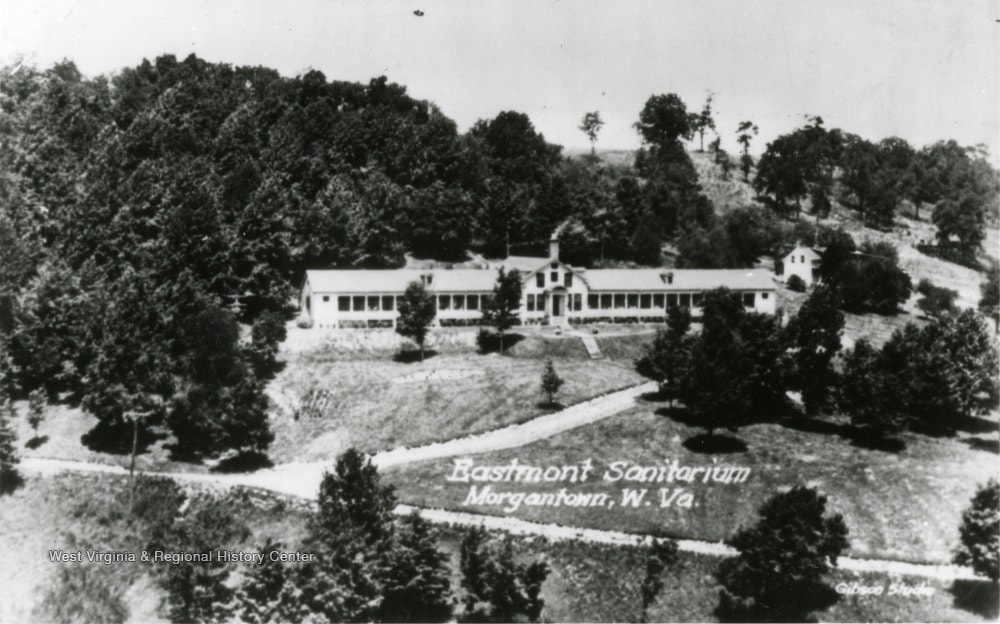|
The drive from my West Virginia childhood home out to Cheat Lake and Coopers Rock passed an imposing building I remember as the Easton Convalescent Home (aka Eastmont Sanitarium). Such facilities in the first half of the 1900s offered tuberculosis patients rest, nutrition, fresh country air—and isolation from healthy loved ones. Like Covid in early 2020, TB or “consumption” was highly contagious and often fatal, with no vaccine or medicinal cure. Patients lived there until they healed or died.
Another classic time for convalescence followed childbirth. Some traditions called for a month of rest. My mother said she stayed in Providence Lying-In Hospital for a routine ten days after my birth. It was down to five days when my child was born. Now I see moms out and about with their newborns in a day or two. Convalescence has given way to quick cures and rehabilitation. Thank goodness for the medical advances that make this possible. But our cultural emphasis on productivity can press us to rush recovery faster than our bodies are ready. I’ve been in groups where it was almost embarrassing to check in with anything other than, “I’m so tired, I've been so busy.” When personal circumstances offer the luxury of a choice, I’d like to see “Take it slow, don’t push it” as frequent guidance for ourselves and others. Images by permission from West Virginia and Regional History Collection, West Virginia University Libraries. (left) Eastmont Sanitarium, Morgantown, W. Va. (right) Patients in Beds at Eastmont Sanitarium, Easton, Monongalia County W. Va.
0 Comments
Leave a Reply. |
AuthorI'm a historian who writes novels and literary nonfiction. My home base is Madison, Wisconsin. Archives
July 2024
|


 RSS Feed
RSS Feed